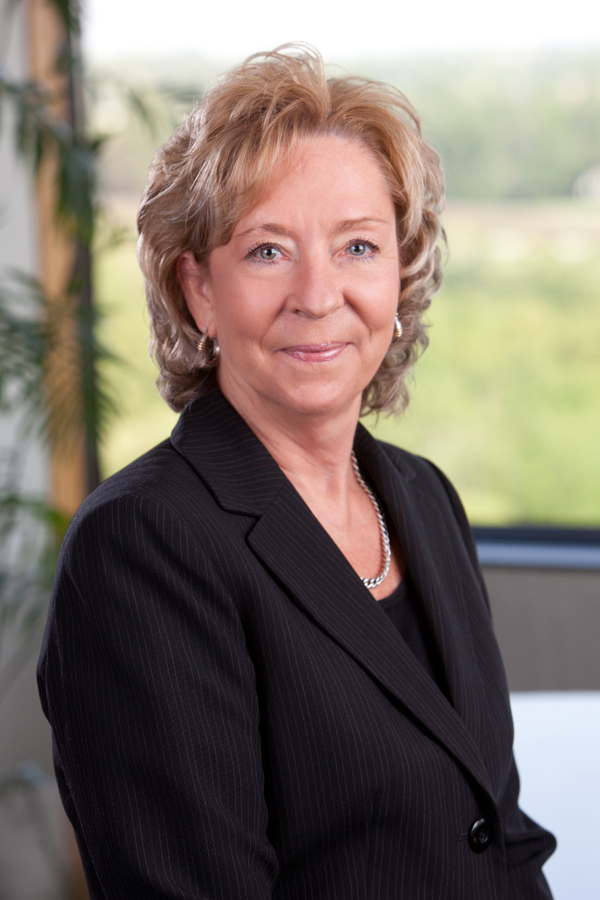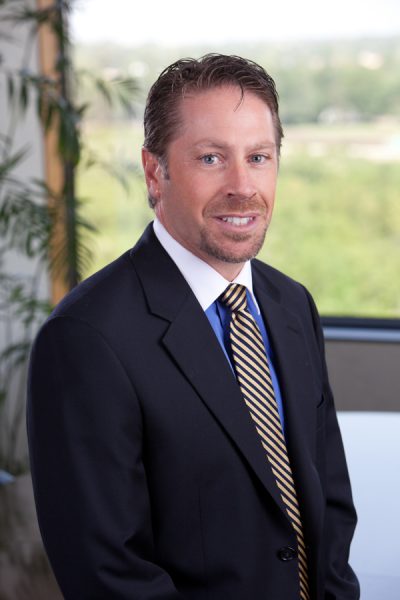About Us
A Global perspective
Searles Valley Minerals manages extensive operations in California’s Searles Valley. Power and production facilities cover more than 339 acres at the Argus, Trona and Westend plants in California.
Adjacent to one of the world’s primary ports, Searles Valley Minerals ships thousands of tons of high grade mineral product daily to major manufacturers in 52 countries. Overseas sales account for over half of our annual revenue. The Searles Valley Minerals sales staff has spent years cultivating and actively responding to the needs of markets in Western Europe, South America, Australia and the Pacific Rim.
We are more than a commodity producer. Our mission is to meet the needs of our customers around the world with “leadership in services and quality.” Advancing technology around the globe and our rapid response to new demands and opportunities make many things possible — TV sets; personal computers; calculators; digital clocks; books and magazines; clean clothes; a tank of gas; reflective traffic signs.
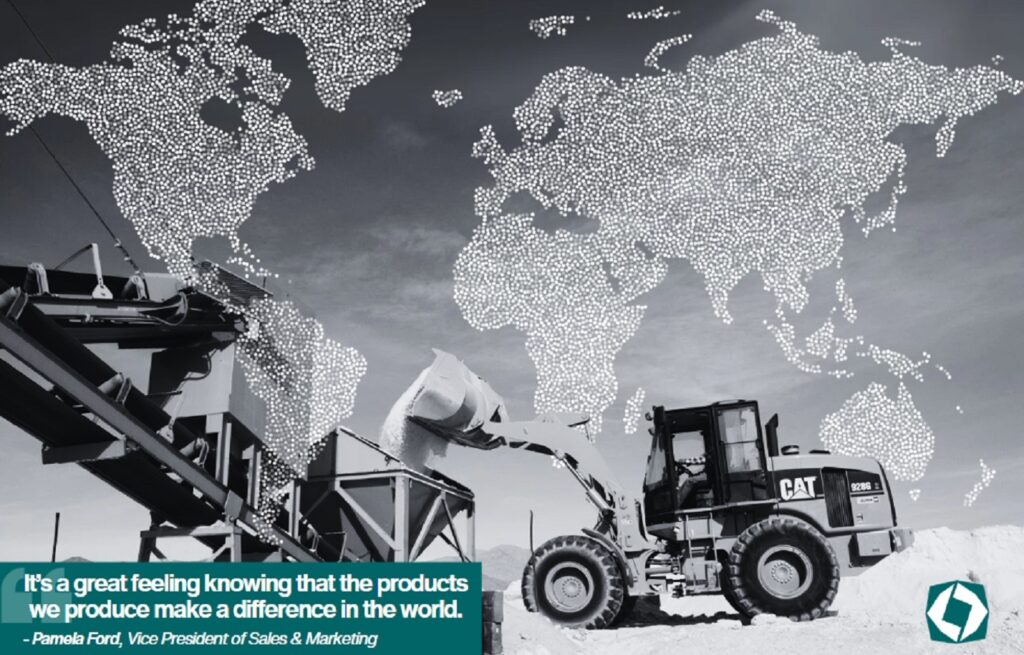
Management
TIMELINE
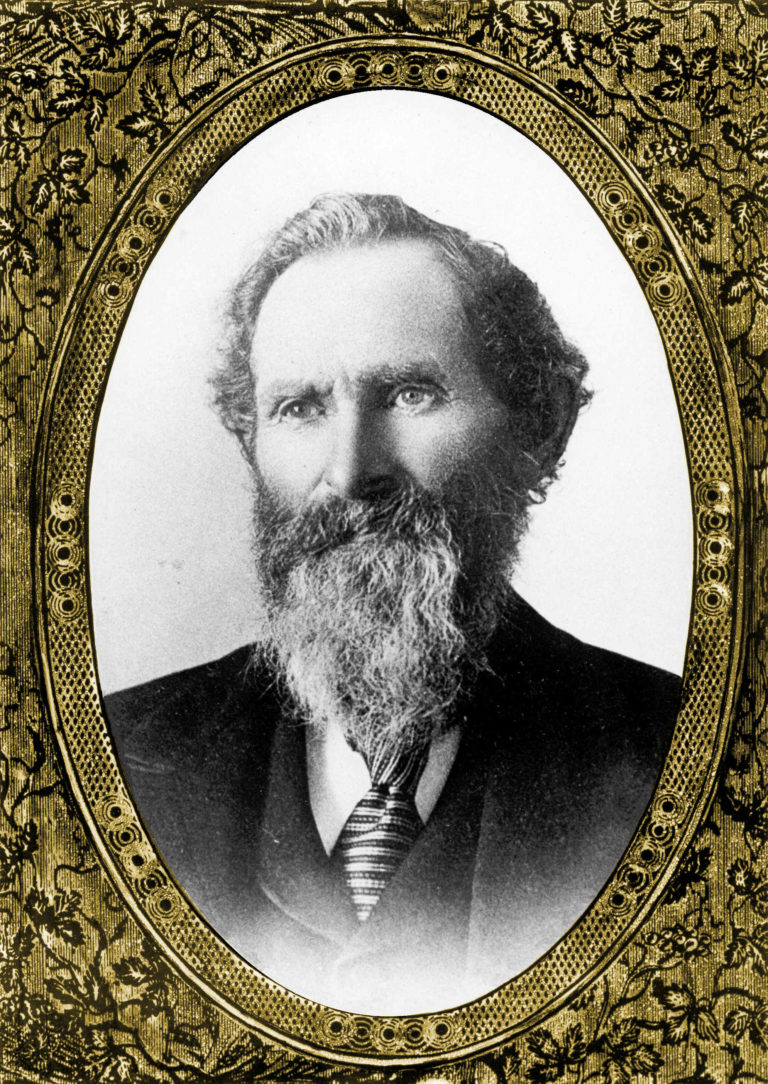
While mining gold and silver in the Slate Range mountains with three partners, an engineer working for John W. Searles complains that the soda from the salt flats below, now called Searles Dry Lake, contained too much borax to properly process the ore. Searles takes samples of this soda to a company that had recently started mining borax near Clear Lake in northern California, but their assay showed no borax. Searles returns to mining gold and silver.
(Photo credit: The Searles Valley Historical Society)
A man who had visited Francis "Borax" Smith at Teel's Marsh, Nevada, shows Searles samples of Smith's borax. Quickly Searles and three partners stake claims to 640 acres of the San Bernardino Borax Mining Company. He uses mules to haul borax in wagons to San Pedro.
Two years before John Searles' death, the San Bernardino Borax Mining Company is sold to the Pacific Coast Borax Company (owned by "Borax" Smith), which shuts down the Searles Lake operations shortly thereafter.
The Trona Railway Company completes 31 miles of track to Trona from the Searles Station junction with the Southern Pacific Railroad. American Trona Corporation establishes the company-owned town of Trona.

American Trona Corporation introduces the Three Elephant brand name for borax. The name indicates strength relative to the competing 20 - Mule Team brand.
American Trona becomes American Potash & Chemical Corporation. Borax production begins at the West End chemical plant.
Exploratory drilling on Searles Lake indicates the existence of a lower salt bed filled with brine, greatly increasing the lake's known reserves.
American Potash & Chemical Corporation develops a novel solvent extraction process to recover boric acid and potassium sulfate from weak brines. They receive national recognition and an award for their innovative process.
American Potash & Chemical Corporation is acquired by Kerr-McGee Corporation.
Kerr-McGee Chemical Corporation begins operation of its new Argus power plant. This is the first large industrial boiler in California fired by coal.
D. George Harris and Associates acquires the Soda Products Division of the Kerr-McGee Chemical Corporation and forms the North American Chemical Company.
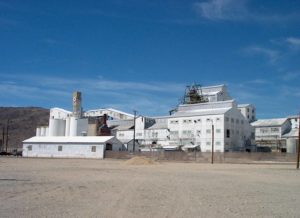
North American Chemical Company improves borax mining on Searles Lake and uses this to almost double borax production at the Westend Plant. They also increase soda ash production at the Argus Plant. Finally, they shut down all potash and borax production at the Trona Plant, bringing to an end the eighty-one year history of recovering potash from Searles Lake brines.
IMC Global Incorporation acquired Trona's North American Chemical Company. The North American Chemical Company facilities at Trona and Westend were renamed IMC Chemicals Incorporated to match the name of their parent corporation.
Sun Capital acquires IMC Chemicals Incorporated and renames the business Searles Valley Minerals Incorporated.

Nirma acquires Searles Valley Minerals Incorporated.
Our history
We are as rich in history as the land we mine.
The vast mineral resource in Searles Dry Lake is the result of unique geological forces. These included raising of the Sierra Nevada Range, nearly a million years of volcanic activity and intermittent glaciation. Glacial ice ground the mountains into fine powders easily leached by glacial melt-water and volcanic hot springs brought other soluble minerals to the surface. Together these mineral-laden waters flowed through a chain of lakes where sand and mud settled leaving only mineralized water to enter Searles Valley. Between glacial events, intense desert heat evaporated all the water and the dissolved minerals crystallized, leaving Searles Lake as it exists today with its 16 saline mineral layers separated by layers of mud. The last glaciation followed by drying ended about 10,000 years ago. Today the deposit contains 4 billion tons of soluble mineral salts and extends to a depth of about 350 feet.
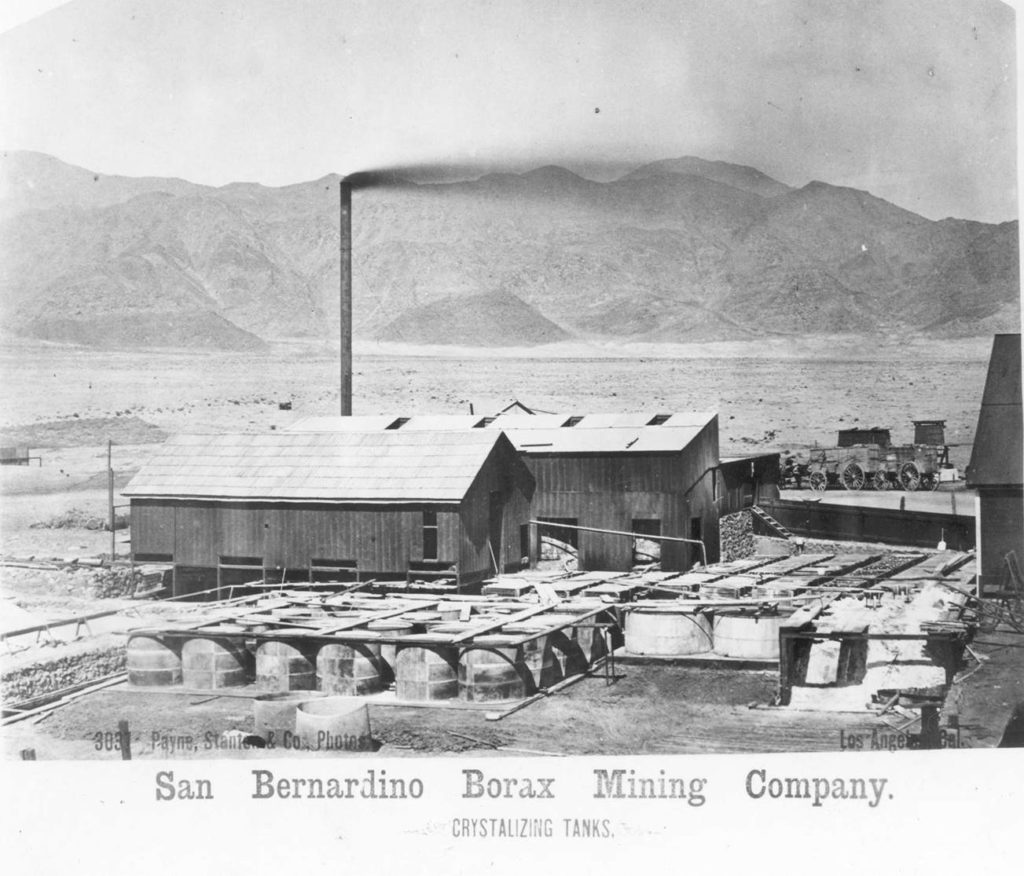
(Photo credit: The Searles Valley Historical Society)
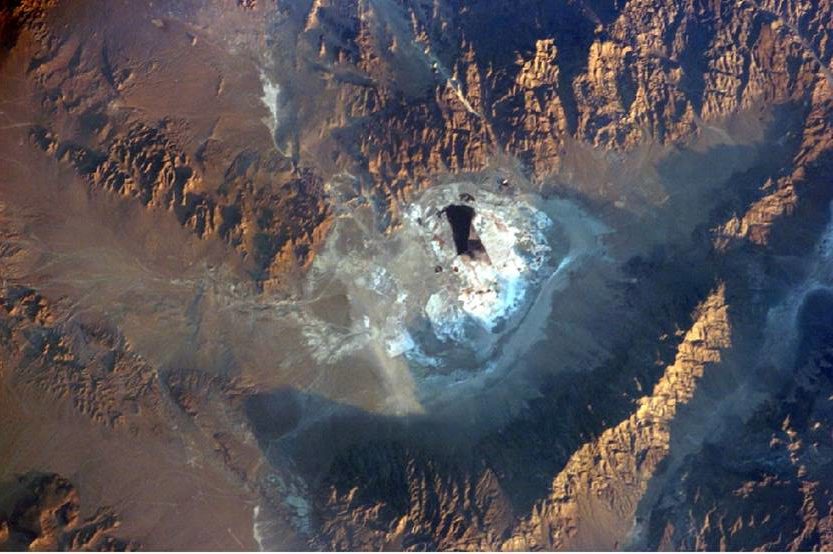
Mineral production from Searles Dry Lake first began in 1873. Over a century later in December 1990, Searles Valley Minerals acquired all the mineral and manufacturing assets in Searles Valley. These assets were first developed by the historic companies American Potash and Chemical Corporation and the Westend Chemical Company and later owned by Kerr-McGee, Harris Corporation, IMC Chemicals and Sun Capital before becoming a wholly owned subsidiary of Nirma Ltd. in December 2007. Nirma Ltd. is a private company in India that is a large integrated manufacturer of consumer products (primarily detergents, soaps and salt) as well as of soda ash and industrial salt. Searles Valley Minerals utilizes a unique solution mining technology to extract the minerals from beneath the surface of Searles Lake and recovers these minerals in its three manufacturing plants–Argus, Trona and Westend.

